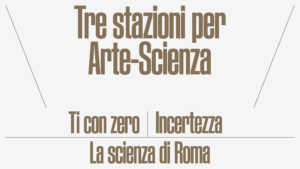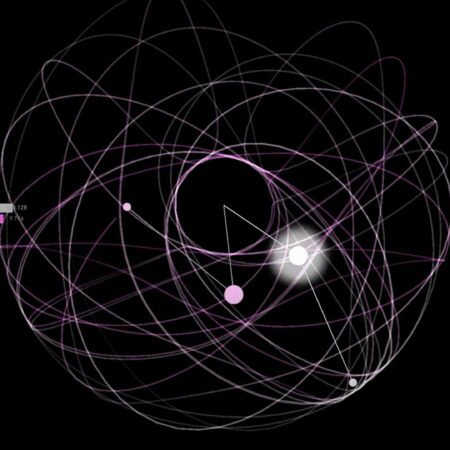The concept of uncertainty permeates scientific thinking, in particular that of the so-called hard sciences, and has done right from modern science’s earliest days. Every real-world empirical measurement has a margin of uncertainty, due to errors and random measurement variations. By repeating a measurement multiple times this margin can be reduced and characterised, but never eliminated.
Indeed, the increasing ability of science to characterise and predict the quantitative behaviour of more and more complex natural or human systems (from thermodynamics to economics) is in large part due to the development of mathematical and statistical tools which incorporate the uncertainty of the component elements, transcending it in their account of the collective system. The quantum revolution subsequently imported this probabilistic representation to the level of the fundamental and microscopic constituents of the natural world. With the availability of increasingly powerful computers, both these perspectives – the statistical one of extremely complex macroscopic phenomena and the quantum one of microscopic phenomena – can now demonstrate all their power and predictive capacity through the use of increasingly rapid and effective computational algorithms. The widespread digitisation of almost every human activity in recent years has also made available an immense amount of data about almost every aspect of our social, economic, and even personal lives. Models that attempt to describe these aspects quantitatively have thus proliferated, leading to the possibility of predicting the outcomes of human phenomena or even individual behaviours. Powerful statistical and probabilistic tools have been applied to these new domains: from medicine to socio-economic analysis, from pandemic prediction to personalised marketing and social media communication, making it possible to predict what had, in the past, always seemed inherently unpredictable.
All these changes and, even more disruptively, the effects on our lives of the current global pandemic, have rendered the concept of uncertainty permanent and pervasive. Even though uncertainty inevitably characterises human life, it has thus become one of the key elements enabling us to understand and interpret contemporary life. The exhibition Incertezza: Interpretare il presente, prevedere il futuro (Uncertainty: Interpreting the Present, Predicting the Future) aims to make the idea of uncertainty more familiar to the general public, explaining how science “manages” uncertainty in different contexts: from aspects of fundamental physics to the description of epidemics, from climate forecasts to big data and individual profiling. An engaging six-part interactive story is told through tools, examples, and multimedia installations, highlighting for visitors the quandaries that can arise from uncertainty, but also the benefits of the scientific concepts and tools that help us to manage them.
The exhibition Uncertainty is part of Three Stations for Art-Science (“Tre stazioni per Arte-Scienza”), a sweeping project including three exhibition hosted by Palazzo delle Esposizioni in Rome from 12 October 2021 to 27 February 2022. The exhibitions will explore three different viewpoints: the historical viewpoint in the exhibition The Science of Rome: a city’s past, present and future, the artistic viewpoint in Tee with zero, and the viewpoint of physics and of scientific research with Uncertainty: interpreting the present, foreseeing the future.

The project as a whole was triggered by a wish to intervene in the contemporary debate on the relationship between science and society that climate change and the pandemic have thrust under the limelight. With “Three Stations for Art-Science”, the Palazzo delle Esposizioni sets out to illustrate the possibility that different methods and demands may determine not just points of contact but new territories for experience, training, growth and reflection.
The project, promoted by ROMA Culture, has been devised and organised by the Azienda Speciale Palaexpo in conjunction with numerous public institutions, including the INFN Istituto Nazionale di Fisica Nucleare which is responsible for the entire design and planning of the exhibition entitled “Uncertainty”, while the support of the Polo Museale at Rome’s La Sapienza University has been of crucial importance in the production of “The Science of Rome”.
The settings for the three exhibitions have been devised by the Formafantasma Studio – Simone Farresin and Andrea Trimarchi – two Italian artists and designers based on Milan and Rotterdam. Listed by the “New York Times” in 2011 as two of the most influential designers for the next decade, they won the Designer of the Year accolade at the Dezeen Awars in 2020.






